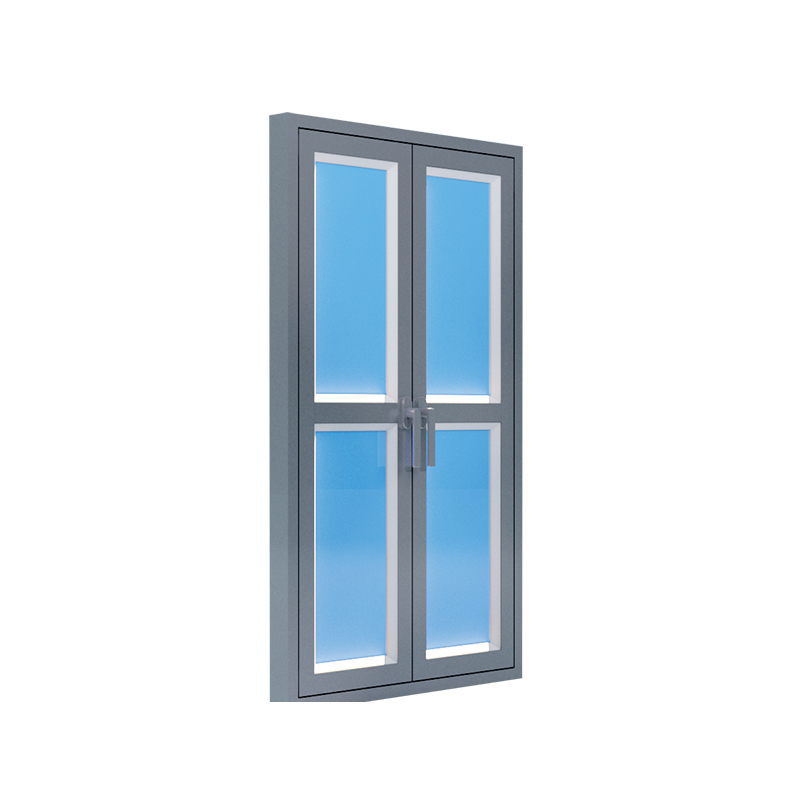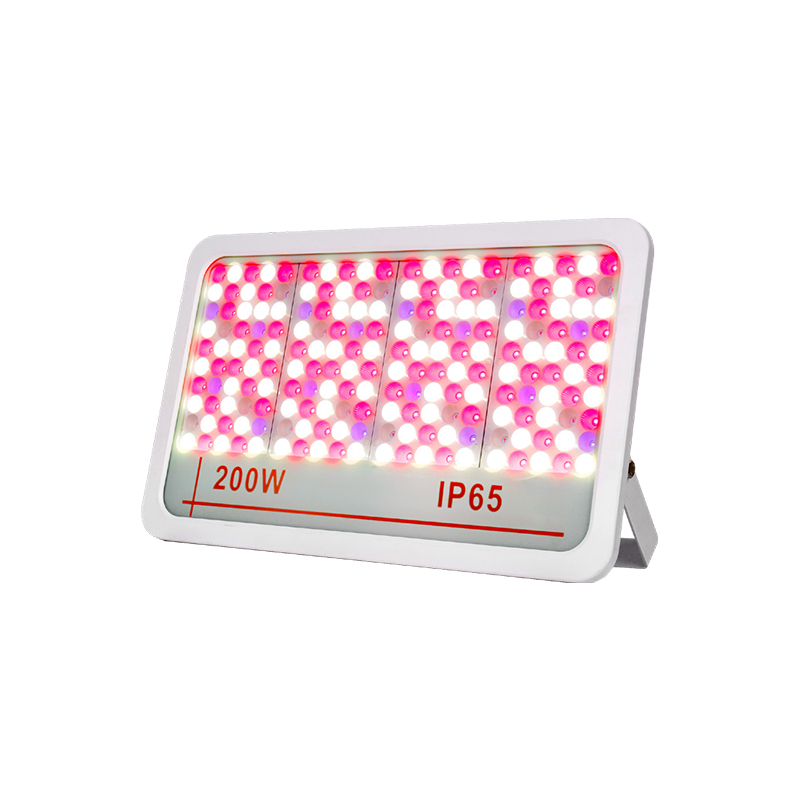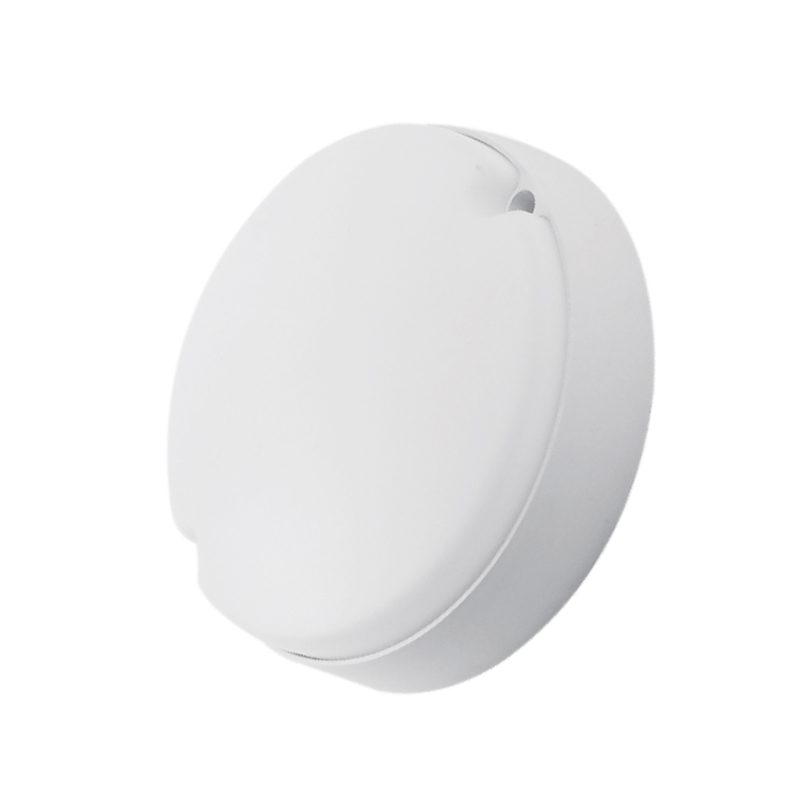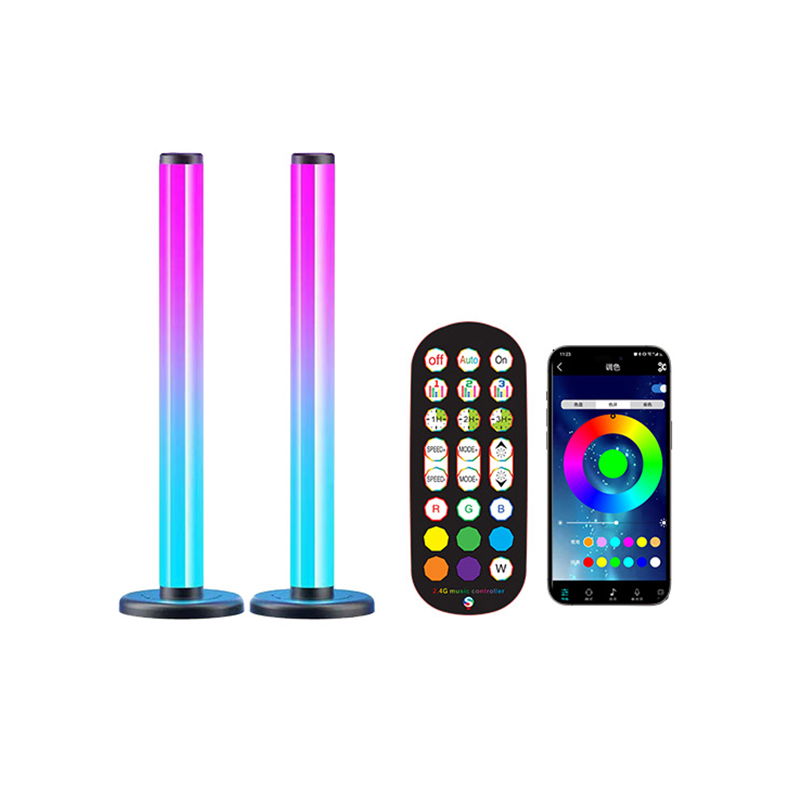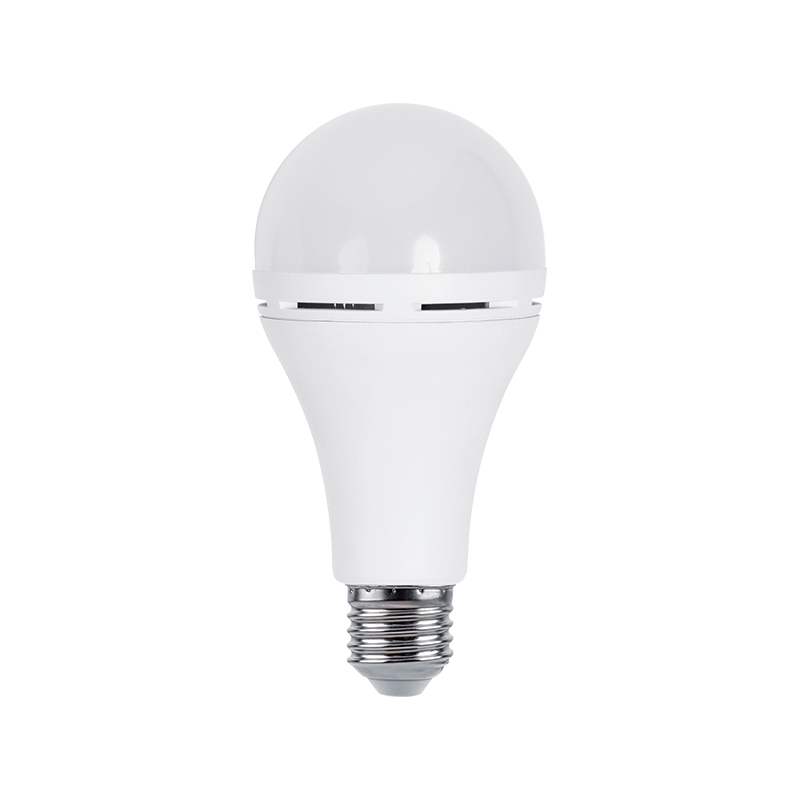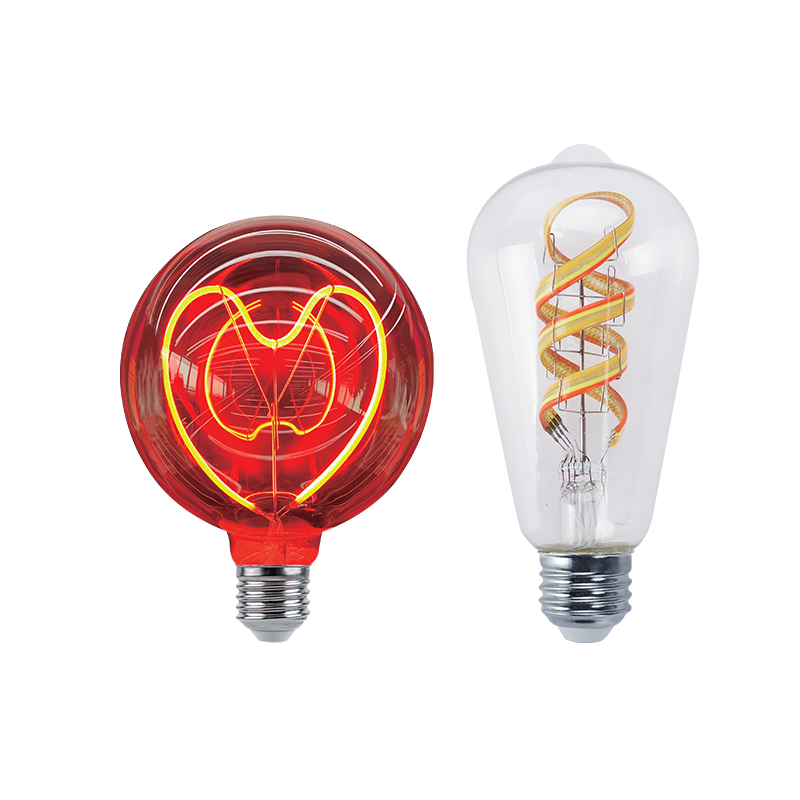We sincerely look forward to establishing a long-term development partnership with you with good quality and professional services.
In traditional lighting technology, the complex environment of outdoor scenes has always been the core challenge that restricts the performance of lamps. Humidity, rain, dust and even extreme temperature differences, these natural factors not only shorten the life of lamps, but also directly threaten their functional stability. The emergence of waterproof LED lamps (IP65 protection level) has completely broken this dilemma through the collaborative innovation of material science, structural design and optical technology. It not only achieves a leap in adaptability to the environment in technical parameters, but also redefines the possibility of outdoor lighting in application scenarios - from urban night scenes to industrial facilities, from home courtyards to public spaces, waterproof LED lamps are becoming innovators in the field of outdoor lighting with the attitude of "dancing with wind and rain".
IP65 is a protection level standard formulated by the International Electrotechnical Commission (IEC), where "6" represents the dustproof level (completely preventing dust intrusion) and "5" represents the waterproof level (preventing water spray from all directions from causing harmful effects on the equipment). This standard is not a simple stacking of parameters, but a systematic protection achieved through precise structural design. The shell of waterproof LED lamps is usually made of high-strength engineering plastics or aluminum alloy. The integrated die-casting process eliminates the seams, and the silicone seal and waterproof joints are used to form a multi-level physical barrier. At the same time, the surface of the internal circuit board is covered with a nano-level hydrophobic coating to further reduce the risk of water vapor penetration. This "structure + material" dual protection system allows the lamp to maintain the stability of electrical performance when exposed to a humid environment for a long time.
The improvement in waterproof performance does not sacrifice optical performance. By optimizing the lens material and reflective cup design, waterproof LED lamps achieve compatibility between light efficiency and protection. For example, the lampshade made of high-transmittance PC material can ensure light penetration while its surface hardness can resist ultraviolet aging and slight scratches; and the honeycomb reflective structure designed by bionics improves lighting efficiency by reducing light scattering. In addition, the color temperature and color rendering index (CRI) of the lamps can be flexibly adjusted according to the needs of different scenes: in the courtyard scene, 2700K warm white light creates a warm atmosphere; garages or industrial areas prefer 4000K neutral light to take into account both lighting clarity and visual comfort. This "scenario-based optical design" makes waterproof LED lamps not only functional products, but also an integral part of spatial aesthetics.
In microscopic scenes, the "unconscious" integration ability of waterproof LED lamps is particularly prominent. Taking courtyard lighting as an example, traditional lamps often cause circuit short circuits due to water accumulation during rainy seasons, while IP65 lamps can be directly installed underground, and their IP68-level breathing valve design can balance the internal and external air pressure to avoid condensation water accumulation. In the garage scene, the lamps need to withstand the corrosion of vehicle exhaust and the impact of mud and water brought by tires. At this time, the combination of high-density aluminum alloy shell and anti-corrosion coating can ensure a service life of more than ten years. At the macro level, the contour lighting of the building's exterior wall places higher requirements on the long-term reliability of lamps. Waterproof LED lamps can be quickly maintained through modular design. Even if some lamp beads are damaged, they can be replaced separately without affecting the overall lighting effect. This "maintainability" significantly reduces the cost of the entire life cycle.
At present, the technological evolution of waterproof LED lamps has entered the "active adaptation" stage. For example, some high-end products integrate temperature and humidity sensors and intelligent dimming systems, which can automatically adjust the power output according to environmental changes to avoid accelerated light decay caused by high temperature; and lamps using graphene heat dissipation technology can reduce the internal temperature by more than 15% through the high thermal conductivity of two-dimensional carbon materials, further extending the life of LED chips. In addition, for coastal high salt fog areas, manufacturers have begun to use electrophoretic coating technology instead of traditional spray painting to increase the corrosion resistance of the shell by 3 times. These technological breakthroughs not only enhance the protection ability of lamps, but also promote outdoor lighting to move towards the goal of "zero maintenance".
The popularity of waterproof LED lamps has a far-reaching impact on energy conservation and urban management. Taking a city's riverside trail reconstruction project as an example, after using IP65 lamps, lighting energy consumption is reduced by 60% compared to traditional high-pressure sodium lamps, and maintenance costs are reduced by 80% because there is no need to frequently replace lamps. Under the framework of smart cities, waterproof LED lamps can be combined with Internet of Things technology to achieve on-demand lighting through light sensors, or access the city management platform through wireless communication modules to monitor operating status in real time. This dual attribute of "green + smart" makes it a core component of new infrastructure construction.

 English
English Español
Español Deutsch
Deutsch